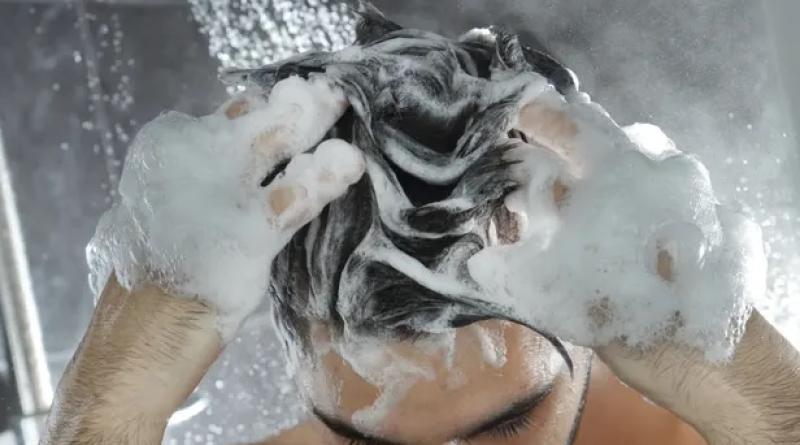Many of us will find soaps, aftershave, perfumes and pampering products among our Christmas presents.
While most news articles on indoor air pollution tend to focus on candles, the air pollution effects of the products that we use in homes are far wider. The fossil-fuel derived chemicals that evaporate from printing inks, adhesives, coatings, cleaning agents and personal care products are now dominating the pollutants that form ozone in summer smogs and some types of particle pollution; exceeding the effects of emissions from traffic.
The PhD student Amber Yeoman has been studying the air pollution produced when we take a shower. Building a shower in the laboratory was not practical, so instead Yeoman and her team relocated their equipment next to a shower room in the University of York.
Sample pipes were installed in the shower room itself. Volunteers were each given the same supermarket products and asked to shower; starting with face washing and shower gel, followed by shampoo, conditioner, moisturiser and then aerosol deodorant.
One by one, volatile organic compounds were measured by Yeoman’s equipment. Highly reactive limonene came mainly from the citrus smelling shampoo, benzyl alcohol from the conditioner and ethanol from the moisturiser. This was different for each person and those people that rinsed for longer produced fewer emissions. Other chemicals were seen too, possibly linked to laundry products used to wash each volunteer’s towel (they brought their own) or their clothes. In other experiments, Yeoman’s equipment found that products worn by other researchers affected the air in her laboratory.
New attention is being paid to these products because of the cumulative impact of the emissions from our homes and the way they react together to form harmful air pollution. Control of air pollution that forms from personal care products will not be easy. The first step will be to make manufactures responsible for the pollution from the products they sell. Switching to non-aerosol products would be another simple change. It is clear from Yeoman’s work that any product labelling would have to reflect real-world use and also the fate of these chemicals in our drains and river systems.
Yeoman said: “Air quality labels would help communicate the possible negative impacts to consumers and it could well encourage manufacturers to change their products to attract health-conscious buyers. Cleanliness has also been equated with the presence of perfume, rather than the absence of malodour. Changing this mindset has altered my personal buying habits toward fragrance-free products.”






